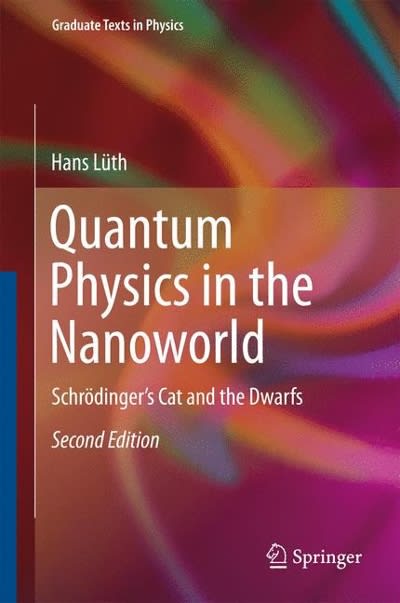Question
A student wrote down a summary of some sixteenth and seventeenth-century ideas about planetary motion. 1. The number, distance, and motion of the planets can
A student wrote down a summary of some sixteenth and seventeenth-century ideas about planetary motion.
| 1. The number, distance, and motion of the planets can be explained by using geometry and mathematics. 2. The paths of the planets are ellipses with the centre of the Sun at one focus. 3. An imaginary line from the Sun to a planet sweeps out equal areas in equal time intervals. 4. The ratio of the squares of the periods of any two planets revolving about the Sun is equal to the ratio of the cubes of their average distance from the sun. |
Which ideas form the basis of Kepler's laws about planetary motion?
A.
2, 3, and 4 only
B.
1, 2, and 3 only
C.
1 and 3 only
D.
2 and 3 only
Kepler's law of areas states that the line from the Sun to a moving planet sweeps over areas that are
A.
inversely proportional to the distance squared
B.
inversely proportional to the time intervals
C.
directly proportional to the distance squared
D.
directly proportional to the time intervals
An asteroid is orbiting around the sun at a distance of 4.2 x 1011 m. If the Earth orbits around the Sun at a distance of 1.5 x 1011 m with a period of 3.2 x 107 s, what is the period of the asteroid?
A.
1.5 x 108 s
B.
1.1 x 107 s
C.
9.0 x 107 s
D.
6.4 x 107 s
An astronomer discovered a large mass in outer space that appeared to be orbiting the Sun like a planet. If the distance of this mass from the Sun is six times that of Earth, how many times longer does it take for it to orbit the Sun?
A.
3.3
B.
15
C.
220
D.
6
Step by Step Solution
There are 3 Steps involved in it
Step: 1

Get Instant Access to Expert-Tailored Solutions
See step-by-step solutions with expert insights and AI powered tools for academic success
Step: 2

Step: 3

Ace Your Homework with AI
Get the answers you need in no time with our AI-driven, step-by-step assistance
Get Started


